World Lion Day: Some interesting, lesser known facts about lions
August 10 is marked as ‘World Lion Day’ each year to drive attention towards the preservation and protection of the big cats.
Lions are highly adaptable
)
They can survive in dry to very dry areas such as the Kalahari Desert. In such circumstances they fulfil their water requirement through their prey and can even drink from plants like the Tsamma melon.
Lions are heavy eaters

They can eat around a quarter of their body weight, that is, around 40 kg of meat at once.
Majority of the lion population resides in Africa
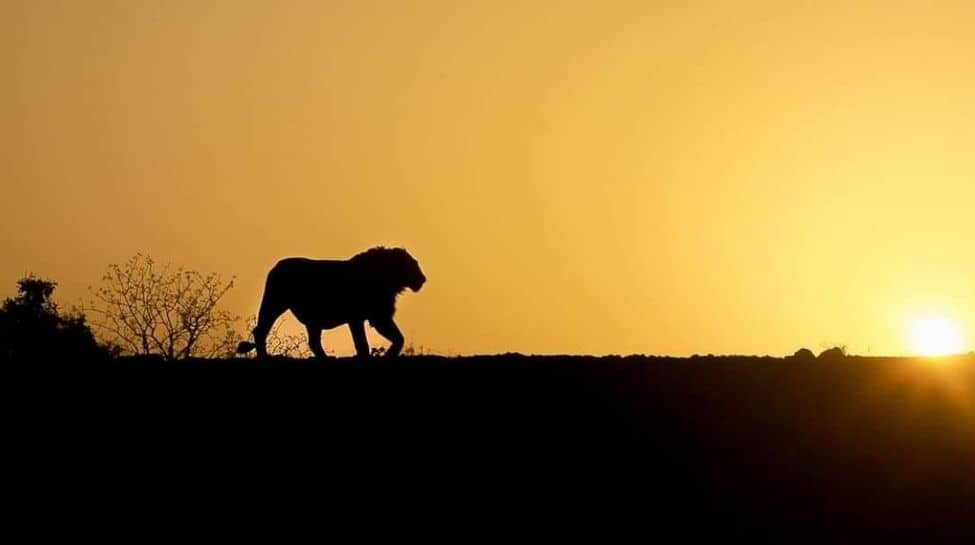
Nearly all of the wild lion population exists in Africa. A small part of it stays around the Gir Forest National Park in India.
Lion cubs can be spotted
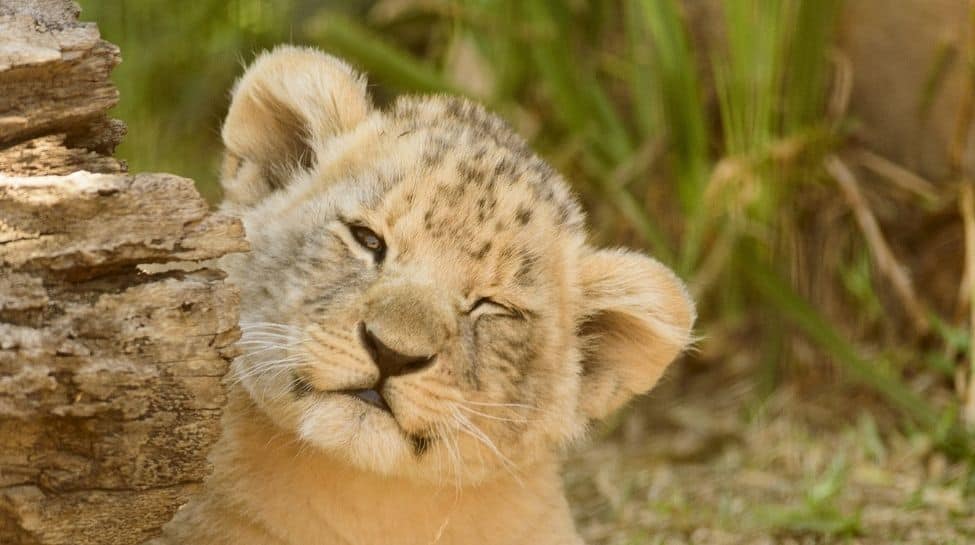
Young lions can have rosettes and/or spots on their bodies during the early stages of life. However these marks disappear as the lions mature.
Lions can be very heavy
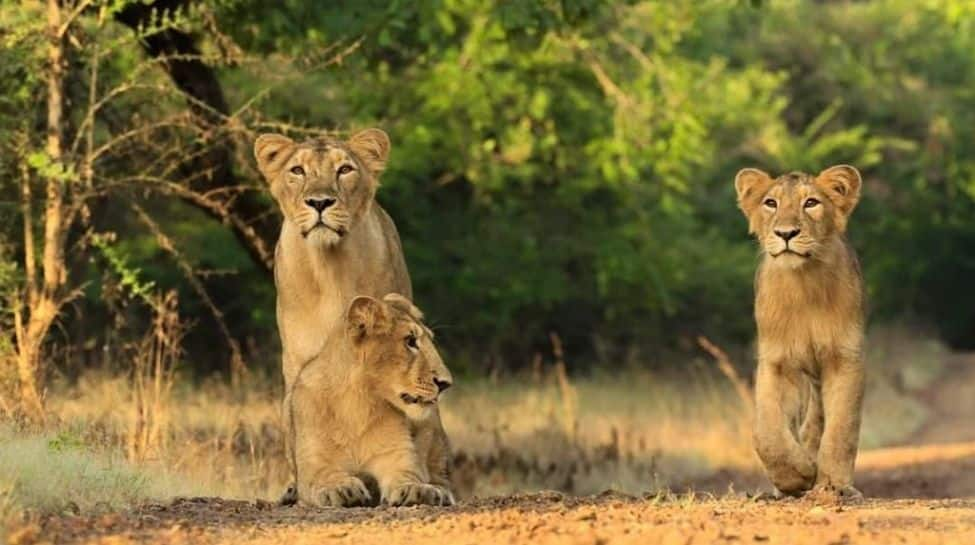
An average male lion can weigh around 190 kgs while a female weighs 126kg. They need large, strong and powerful bodies to hunt prey and defend their pride.
Lions’ manes are significant
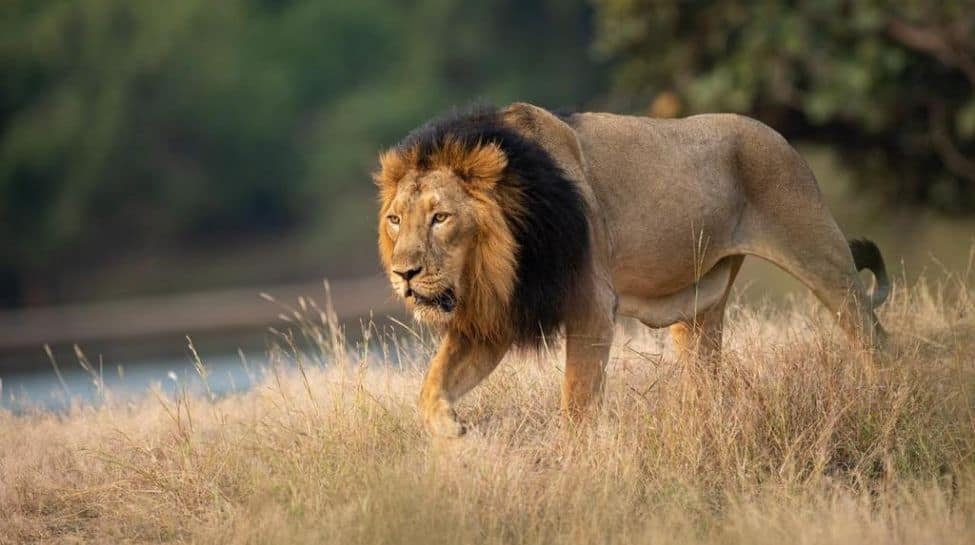
Male lions can grow manes up to 16 cm long. The mane is a sign of dominance, is used to attract mates and protects their neck and head from injuries.
Lions hunt during night and storms

They prefer to hunt during stormy nights as their prey is unable to see and hear them clearly at such times while their eyes are adapted to the dark.
The pride jointly raises the cubs
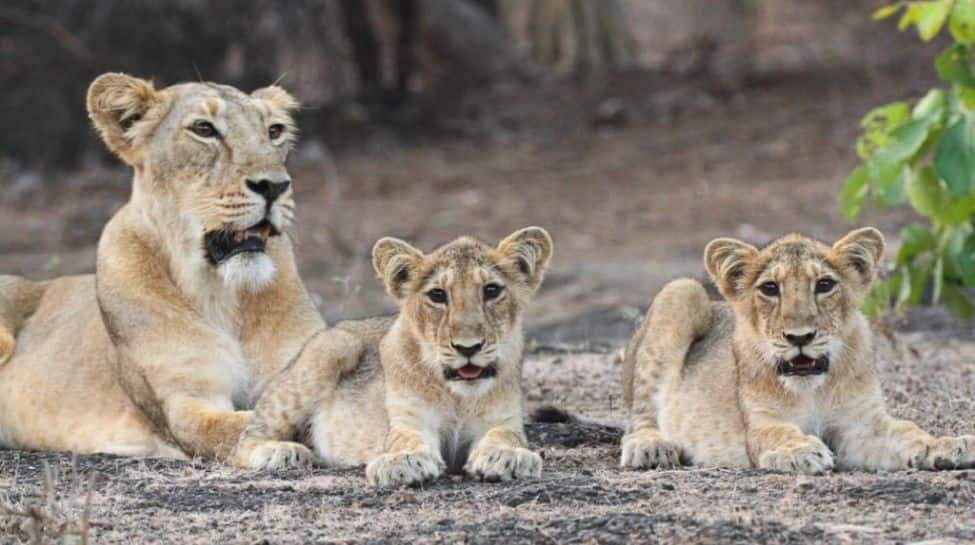
Lionesses of a pride raise their cubs together and the young lions can go to any female member for milk.
Lions roar together

They are the only cats known to roar together with even the cubs joining the pride. They often roar together to mark their territory and the calling sequence can last around 40 seconds and be heard up to 5 miles.
Global lion population is incredibly small

It is estimated that there are as little as 23,000 lions left in the wild. Around 90% of the lion population has disappeared from the face of the earth.
Trending Photos








